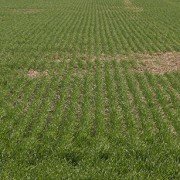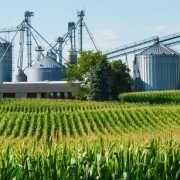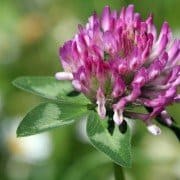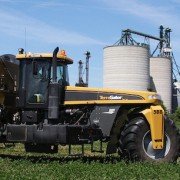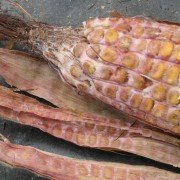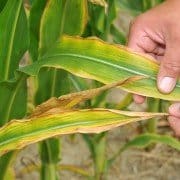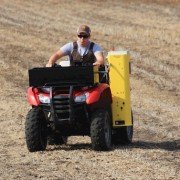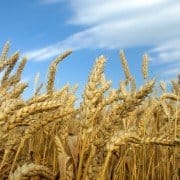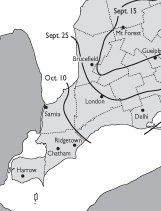Snow mould in winter cereals
Holly Loucas, Agronomist, DOW Agroscience
What is snow mould?
Snow moulds are cold-loving fungi that can attack many economic plants under a cover of snow.
Pathogen biology
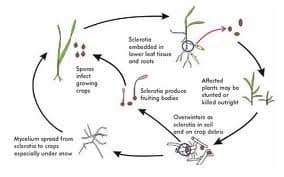 The important species of snow moulds that infect winter wheat are Microdochium nivale and Typhla spp.
The important species of snow moulds that infect winter wheat are Microdochium nivale and Typhla spp.
Gray snow mould (Typhula spp) is the less damaging form of snow mould. It is able to survive throughout hot summer months as sclerotia under the ground or in plant debris.
Pink snow mould (Microdochium nivale) is usually more severe than gray snow mould. It can survive the summer months in decayed plant debris as spores or mycelium. Read more

